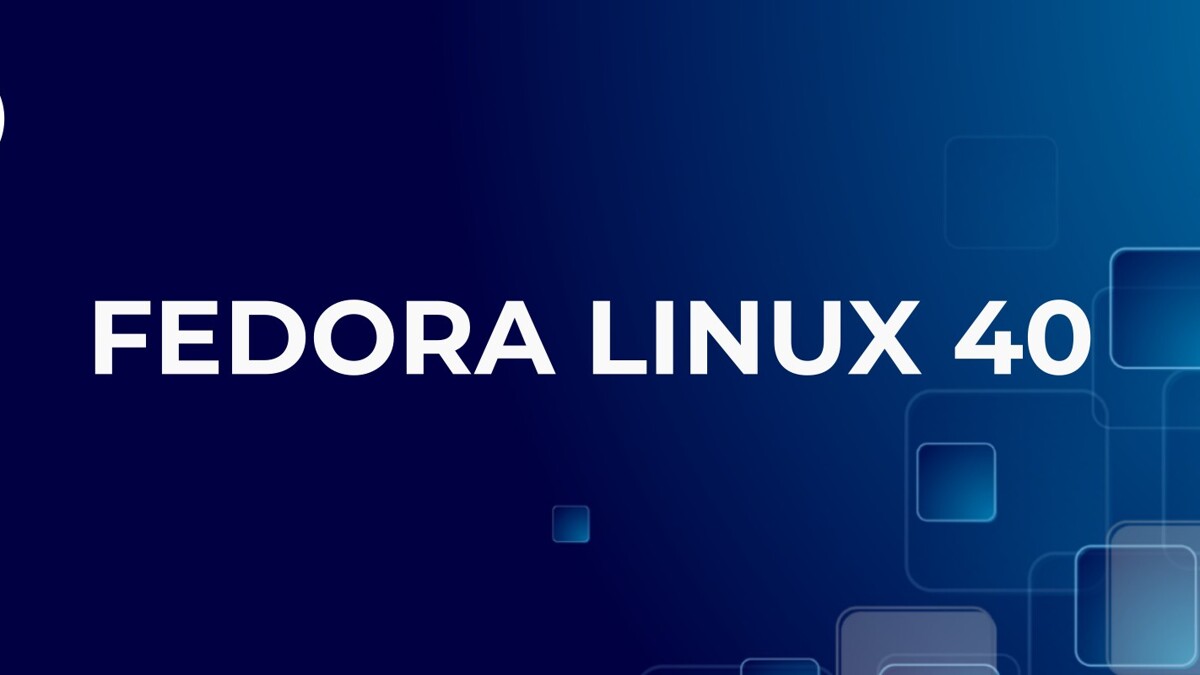- cross-posted to:
- operating_systems@beehaw.org
- fedora@lemmit.online
- linux@lemmy.ml
- cross-posted to:
- operating_systems@beehaw.org
- fedora@lemmit.online
- linux@lemmy.ml
I’ve been running Fedora39 Workstation on my laptop for the last 3 months as it couldn’t upgrade to W11 and for purposes Linux gives me everything I need.
I run Gnome with KDE Spin and OpenSuse KDE on Boxes, as I wasn’t sure what I was going to stay with.
But following the seamless update using dnf on both Gnome and KDE I’m sold on Fedora going forward, i never expected a version upgrade to be so straight forward on Linux and so far, fingers crossed, everything still working.
I’ll hold off updating for a while until the dust settles
If you’re in 39 you have like 4 weeks or so until EOL
Security support for 39 ends Nov 12th, 2024
Updated two machines, both AMD based systems, no major issues.
One fairly low impact SELinux issue with ecryptfs (an error on login about a file read being denied that doesn’t actually seem to have broken anything). A few “this pixel feels out of place” things with KDE, but generally a very smooth update, especially for one that contains a major KDE release.
I have been waiting for it to finally dual boot on my main laptop, but it looks like it doesn’t support my ultra wide monitor and won’t allow me to set screen refresh rate higher than 50hz (even with nvidia drivers). Looks like I’m still stuck with windows.
Edit: i solved the problem by using the correct TB cable! Linux now shows full resolution/refresh rate, and windows started showing HDR and 10 bit color. It seems i was limited to 6 bit with previous cable.
I am using a nuc as my testing machine and I can go to 144hz. Not sure why you can’t go higher.
The native resolution is 5120 x 2160. I can increase refresh rate if i decrease resolution, then it’s smooth but blurry…
Hm, I’ll have to test when I finally finish building my new gaming rig.
Edit: spelling hard




